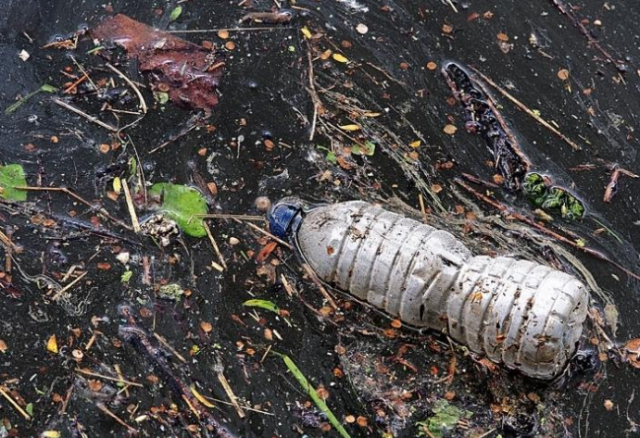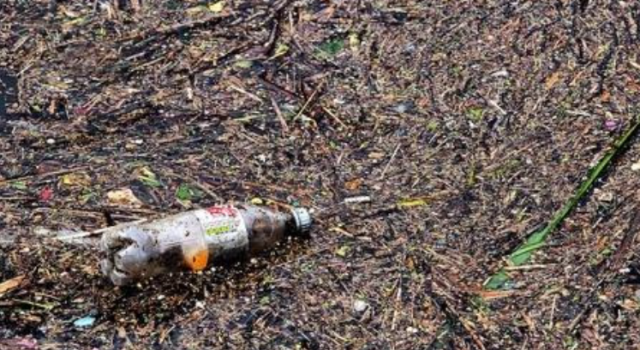What does biodegradable waste mean?
Biodegradable waste is any product that can be easily degraded naturally
In the process the organic forms of matter are broken down into simpler units. The substance decomposes and eventually returns to the soil. This nourishes the soil.
Biodegradable waste is also called green, recyclable, food or organic waste . Waste products that cannot be degraded are known as non-biodegradable waste.
Biodegradable waste is often used for composting. This process turns the waste into humus . Through the process of anaerobic digestion, it can also be used as a source of energy in the form of heat, electricity and fuel.
In the collection of household waste the range of biodegradable substances may be narrowed to include only those degradable wastes that can be treated at local treatment facilities.
When not properly treated, biodegradable waste can have a huge impact on climate change, especially through methane emissions from anaerobic fermentation, which produces deposited gas.
Other approaches to reducing the negative impact include reducing the amount of waste generated, for example by reducing food waste. This is due to their easy decomposition by microbes.
This waste, includes mainly kitchen waste (spoiled food , fruits, vegetables) ash, soil, fertilizer, parts of plants, etc. They are mostly of the organic type and are called “wet solid waste” or “wet waste”.

Treatment and composting of biodegradable waste
Your business may be able to treat waste biologically, for to produce nutrient-rich material or biogas.
You can treat biodegradable waste by composting or anaerobic digestion .
Composting is more suitable for fibrous materials . Anaerobic digestion is more suitable for wet waste and sludge, which is easily degraded.
If you treat food waste containing meat and fish or other animal by-products, you must follow strict rules.
Composting of biodegradable waste
If you are involved in the production of biodegradable waste such as food, garden waste, paper and cardboard, you can send it for recycling in compost.
You need to make sure that every company you give your waste to has the necessary permits to process food and other biodegradable waste, as well as for compost production.
The cleaner the waste you send for composting, the higher the quality of the compost and the greater the environmental benefit.
High-quality compost is used for gardening and agriculture. Low-quality compost is used , on the upper soil when covering the landfills.
Composting facilities on or near farms provide farms with cheaper fertilizer and energy. Some farms and food companies are licensed to operate composting facilities and may earn additional revenue from this business
Anaerobic digestion of waste
Anaerobic digestion can be used for the treatment of food and similar wet organic wastes . It is carried out in a closed container, without oxygen.
It is clean and relatively odorless. This produces a nutrient-rich, hard material called a digestate and a biogas containing methane and CO2.
Biogas may need further processing before it can burned to produce electricity. The electricity that is produced could be used to power the plant or exported to the grid. An alternative is to use it as a transport fuel.
Land-based waste distribution
It is possible that some of the waste will be reused, such as paper. you should check what restrictions apply and whether you need a waste management license.
Biodegradable kitchen waste
Biodegradable waste accounts for more than 30 percent of all municipal waste . It is forbidden to mix kitchen waste with other types of waste, as well as to cut, crush or grind the waste in order to dispose of it through waste water in a pit or sewer.

What can be placed in the biodegradable kitchen waste container:
- vegetable and fruit waste of various kinds
- egg shells and coffee grounds
- filter bags for tea and coffee
- spoiled food
- non-liquid cooked food waste and bones
- stale bread and biscuits
- napkins, paper towels and paper bags
Elements that CANNOT BE PLACED in the biodegradable kitchen waste container:
- green garden waste (grass, leaves, branches, flowers, hedges)
- oils and fats
- liquid food waste
- cigarette butts
- napkins and towels
- textile, leather, cork
- ash
- slaughterhouse waste, dead animals
- pet excrement
- hazardous waste
- packaging waste.
Legislation in waste management requires reduced amounts of biodegradable waste in landfills.
Separate waste collection also requires a reduced amount of landfilled waste in landfills for waste and reduced greenhouse gas volumes (Methane is generated during the decomposition of biodegradable waste in landfills, which threatens the ozone layer 21 times more than CO2).
Finally biodegradable waste can be processed into high quality compost or biogas.
People often mistakenly believe that they should throw away any expired food the date of packaging means the recommended expiration date, by which the food can be sold.

We can reduce the amount of food waste by buying only the amount that we can use it until the expiration date, as well as by storing the food in an appropriate way.
If we can’t avoid accumulating surplus food within the date of minimum durability, we could donate the food to humanitarian organizations, after which their volunteers can distribute it to people who need help.
Excess food can be collected from supermarket chains, as well as from school chairs or kindergartens. Household food waste can often be used as animal feed (example: stale bread). We can then consider using the food as compost and finally dispose of it at a collection point.
Photos: pixabay.com
